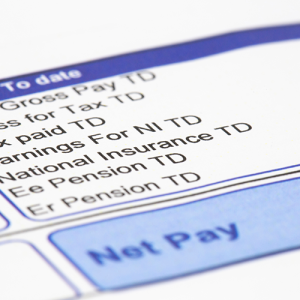Figures published last week by the health service watchdog showed providers are ahead of expected financial performance, with an overall deficit of £461m in the current quarter, £5m better than planned.
This is despite a significant hike in demand that has seen a record 5.34 million attendances to A&E since the start of the financial year, a rise of 300,000 compared with the same period last year, or 6.3%.
Also, despite the increased demand, providers managed to treat, admit or discharge 89.31% of A&E patients within the four hour national target. Although this is way behind the target of 95%, performances in May and June “showed signs of recovery”.
These are the final performances figures to be published before the financial ‘reset’ of the NHS kicks in, the impact of which will be revealed in the next quarterly results.
NHS Improvement confirmed these figures take into account £450m of funding from the Sustainability and Transformation Fund, which it said has allowed the provider sector to stabilise and move on to a more secure financial footing.
Of the 214 providers that have signed up for ‘control totals’, 185 have met their financial commitments in full, according to the report. Control totals are Treasury-agreed targets that providers must meet in order to benefit from the sustainability funding.
In May, it was reported that NHS providers had ended the 2015-16 financial year with a £2.45bn deficit, which was £461m worse than planned and three times the size of the previous year’s deficit.
The figures also revealed the pay bill for providers, which includes agency costs, was £9.8m better than expected. Moreover, while providers continue to overspend on agency staff, since controls were introduced in October 2015, trusts have saved around £500m compared to projected spend for this period. Spend on agency staff in the current tax year stood at 6.1% of the total NHS pay bill.
Jim Mackey, chief executive of NHS Improvement, said the results show that providers are willing and able to get a better handle on their finances. He said that the “figures demonstrate that providers are meeting some of the ambitious plans that trust boards have signed up to,” and that although it was early days, it was “a good start to the year.”
Mackey acknowledged that some of the performance data was more disappointing, and that while the majority of trusts were meeting the extra demand, a small group “were letting the side down,” and needed more support.
Paul Briddock, director of policy at the Healthcare Financial Management Association, agreed the results were a positive forward step.
He said: “This time last year the overspend stood at nearly £1bn, so it’s positive to see the NHS finance picture in a better position. Yet, the results can only be viewed as work in progress.”
Stephen Dalton, chief executive of the NHS Confederation, maintained that cuts to social care and public health, as well as increases in employers’ pension contributions, had put the NHS under additional unplanned pressure.
“As the NHS moves on from a terrible financial year, we must use this critical opportunity to get the NHS back on track so that we can set the foundations for vital transformation plans to make progress,” he said.



















